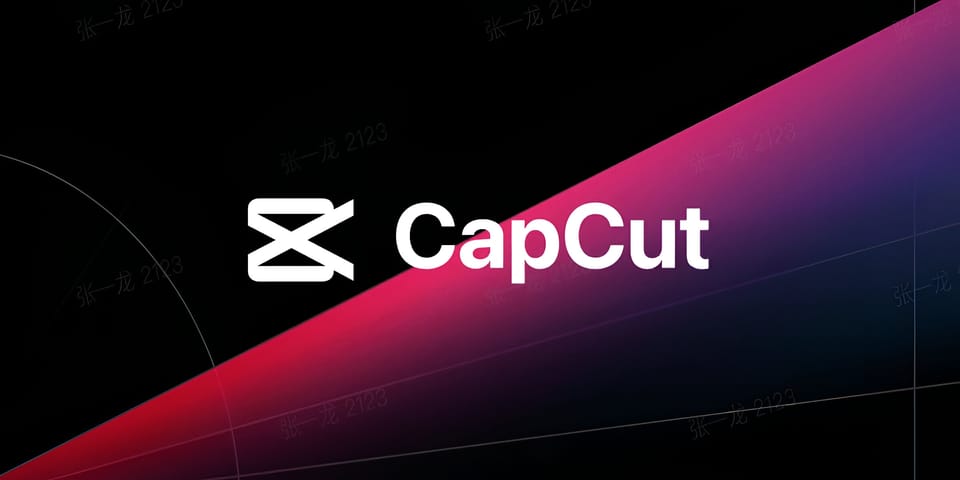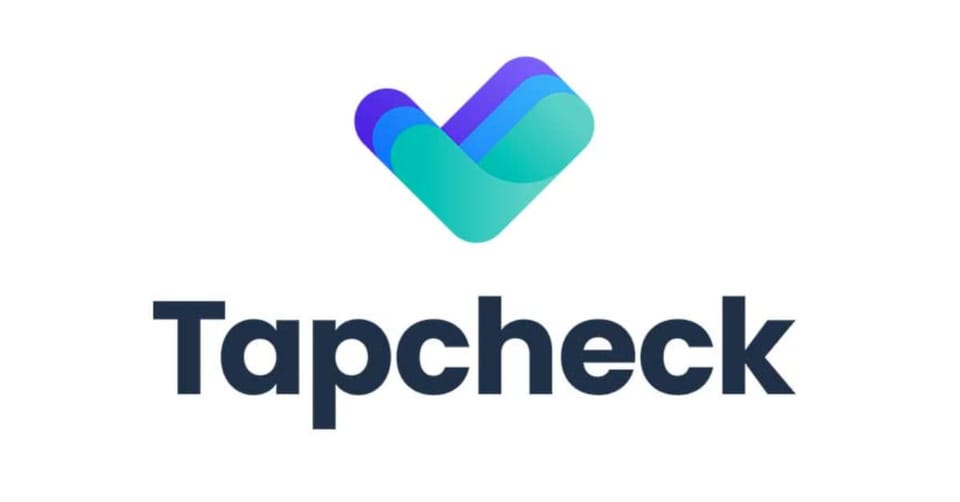The Rise of Open-Source No-Code Platforms: Why Appsmith Leads the Pack
Open-source no-code platforms are revolutionizing app development. Learn why Appsmith leads the way with flexibility, transparency, and innovation.

Open-source no-code platforms have emerged as a growing need for rapid application development.
The tools allow businesses and developers to create applications without necessarily having extensive coding knowledge. This helps reduce time-to-market and the costs of development.
Among the emerging leaders is Appsmith, which has received much attention for its robust features, flexibility, and community-driven approach.
As organizations continue looking for ways to build custom internal tools efficiently, Appsmith has a differentiable open-source framework that gives developers an ability to design, integrate, and deploy apps effortlessly.
This paper discusses the emergence of no-code platforms and highlights why Appsmith is making low-code development the future.
The Rise of Open-Source No-Code

The landscape of developing software has completely changed in this regard as open-source no-code platforms make applications development more accessible.
Instead of requiring high-level knowledge in programming, the entire design, testing, and deploying of the applications require much less effort in their development.
This can be attributed to a continuously rising demand for faster development, cost-effective, in relation to evolving market requirements. Businesses tend to prioritize more agile development.
Open-source platforms are also more transparent, flexible, and controllable compared to proprietary no-code solutions.
Developers can customize applications for specific requirements while using the support of a community of developers who can collaborate to innovate.
This democratized approach to app development is very appealing to startups, small businesses, or organizations with limited technical resources.
These are expected to revolutionize and continue playing important roles in bridging gaps between technical and non-technical users, innovating across industries, and redescribing how software is generated.
Why Appsmith Leads the Pack

Appsmith has become the bright name in the open-source no-code ecosystem that provides end-to-end solutions to building internal tools and applications.
The appeal is through ease of use combined with more robust customization options and, of course, an evolving open-source community.
One can craft and deploy complex applications within an intuitive drag-and-drop interface coupled with deep integration with data sources-from databases and APIs to cloud services.
It can be said that the two defining strengths of Appsmith are its transparency and flexibility. Being an open-source platform, it enables the developers to modify and extend its functionality to suit a specific need, something a proprietary platform cannot provide.
Additionally, its active community contributes to continuous improvement with templates, plugins, and support for users around the world.
It meets the needs of technical and non-technical users by providing a business with an effective solution that can help streamline operations, reduce costs, and encourages innovation while placing Appsmith in the top ranks of the market.
The Future of Open-Source No-Code

The open-source no-code movement is positioned to revolutionize the future of software development by connecting both technical and non-technical users.
As companies increase demands for faster, cheaper solutions, these platforms create accessible, flexible ways in which an application can be developed.
They are eradicating the dependency on a strong knowledge base of extensive coding expertise so that organizations can innovate more quickly and adapt to a constantly shifting market environment.
Key trends in this space for the future are enhanced integration capabilities, better collaboration tools, and greater emphasis on security and scalability.
One area where open-source no-code platforms will thrive is due to transparency and customizability, allowing developers to create a solution of their own, while there is a community building with shared resources and support.
With the steady progress of technology, no-code open-source platforms will probably become a necessary tool for businesses in the future to create inclusivity, innovation, and efficiency in industries worldwide.
Conclusion
The rise of open-source no-code platforms is a significant shift in the software development landscape.
Business and developer communities will get accessible, efficient solutions with these platforms. In Appsmith, one can clearly see that such platforms have the potential to streamline the development process and accelerate innovation.
As demand continues to rise for agile, cost-effective tools, open-source no-code platforms are poised to have a vital role in how application development is done in every industry.



